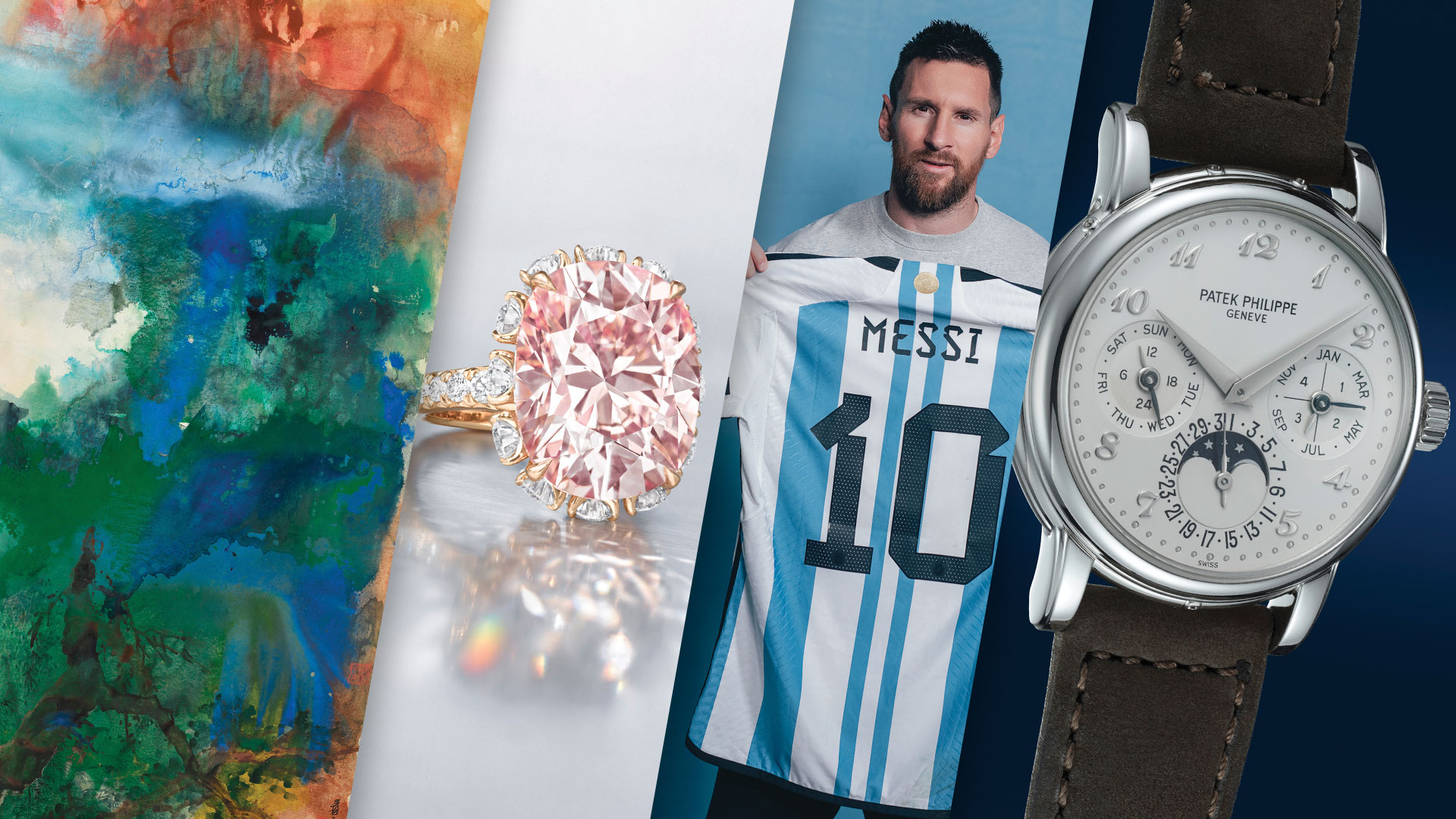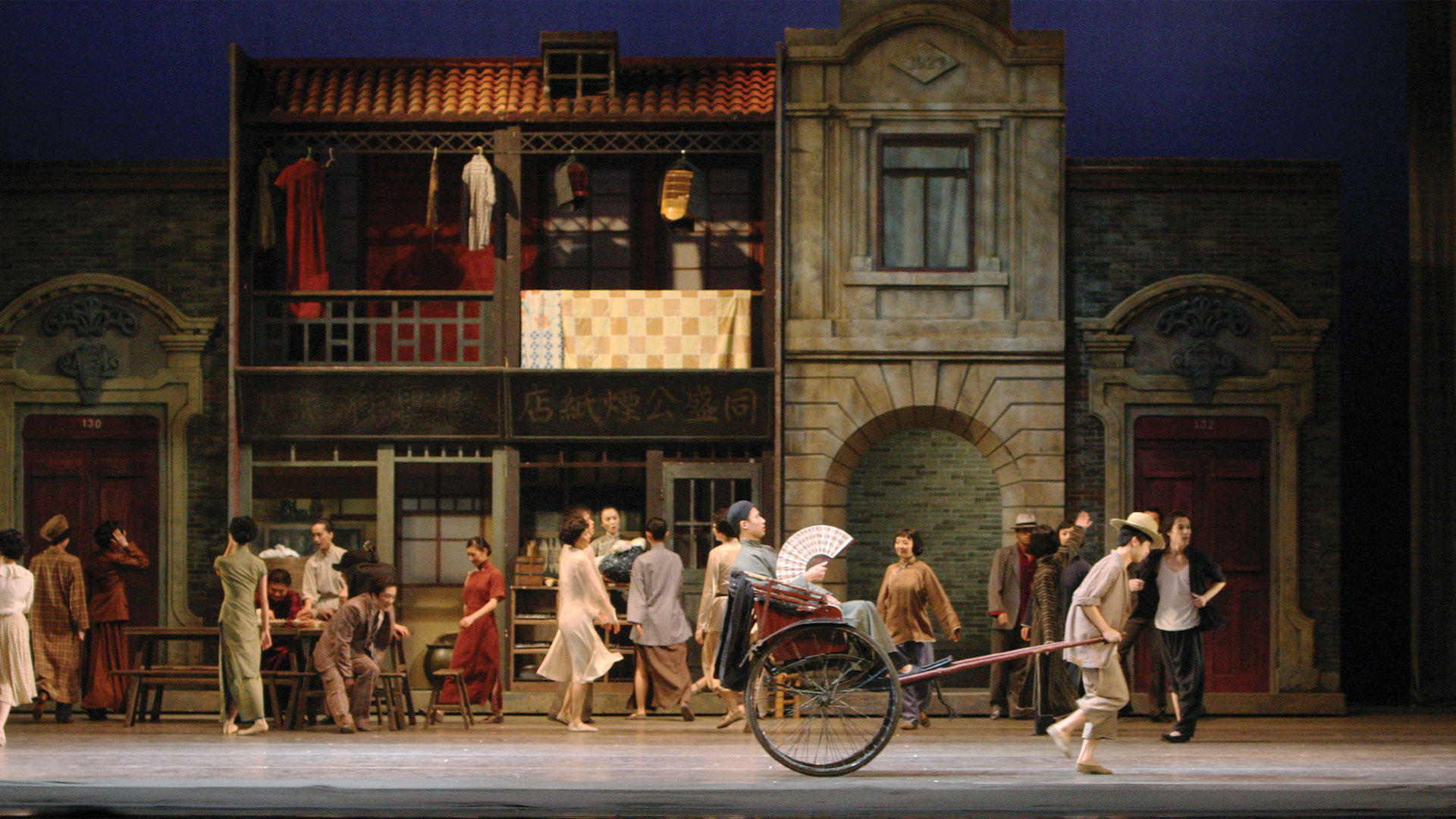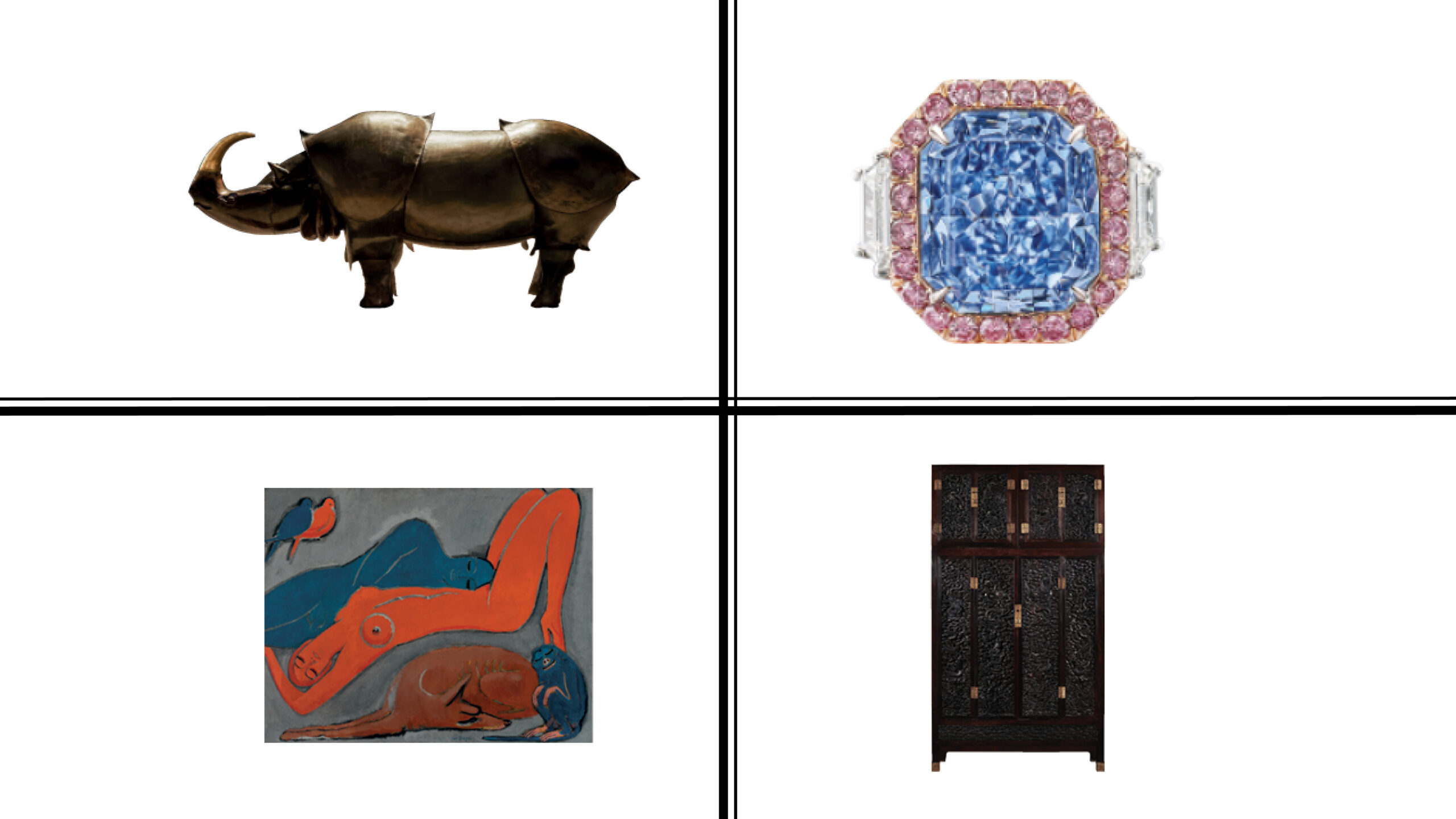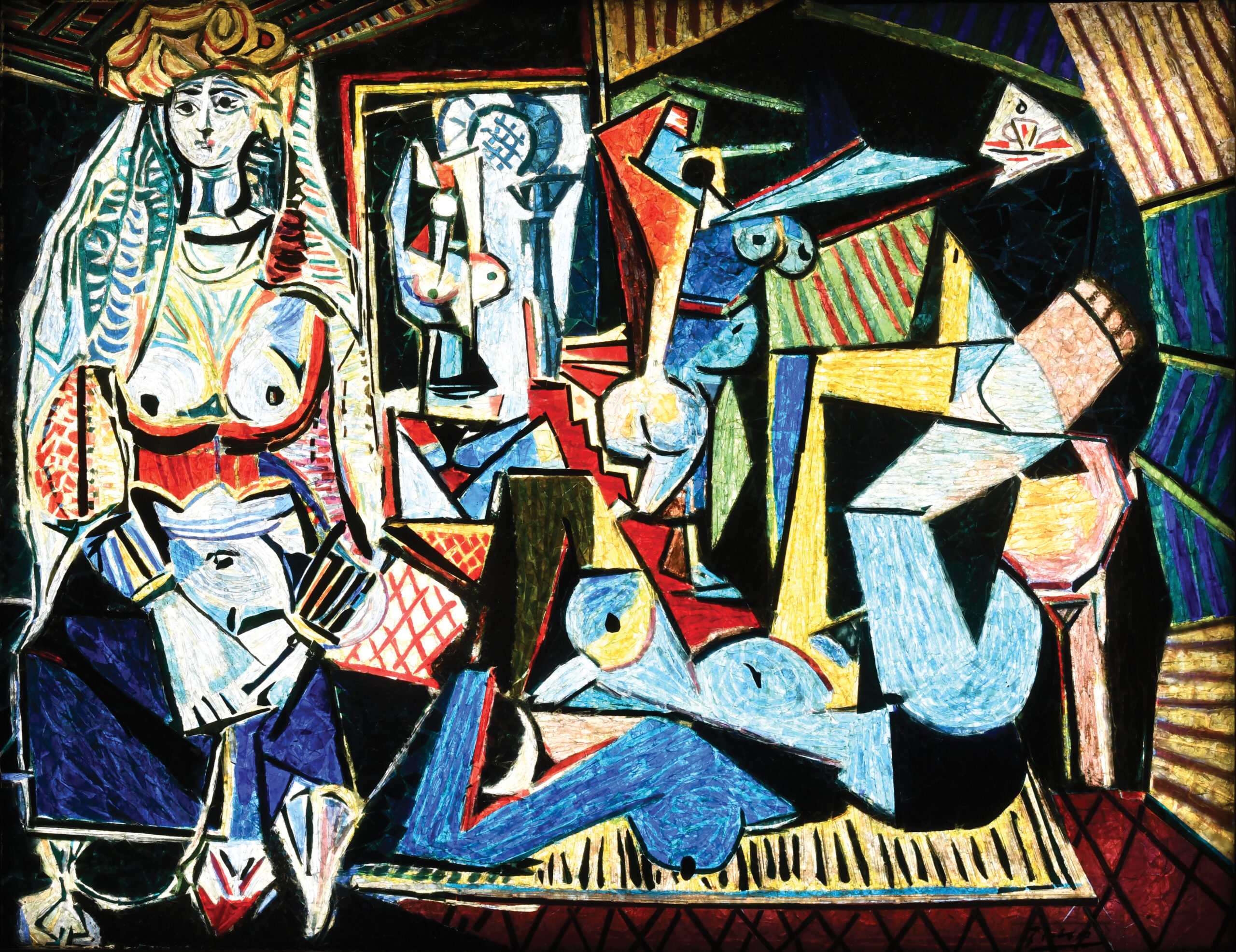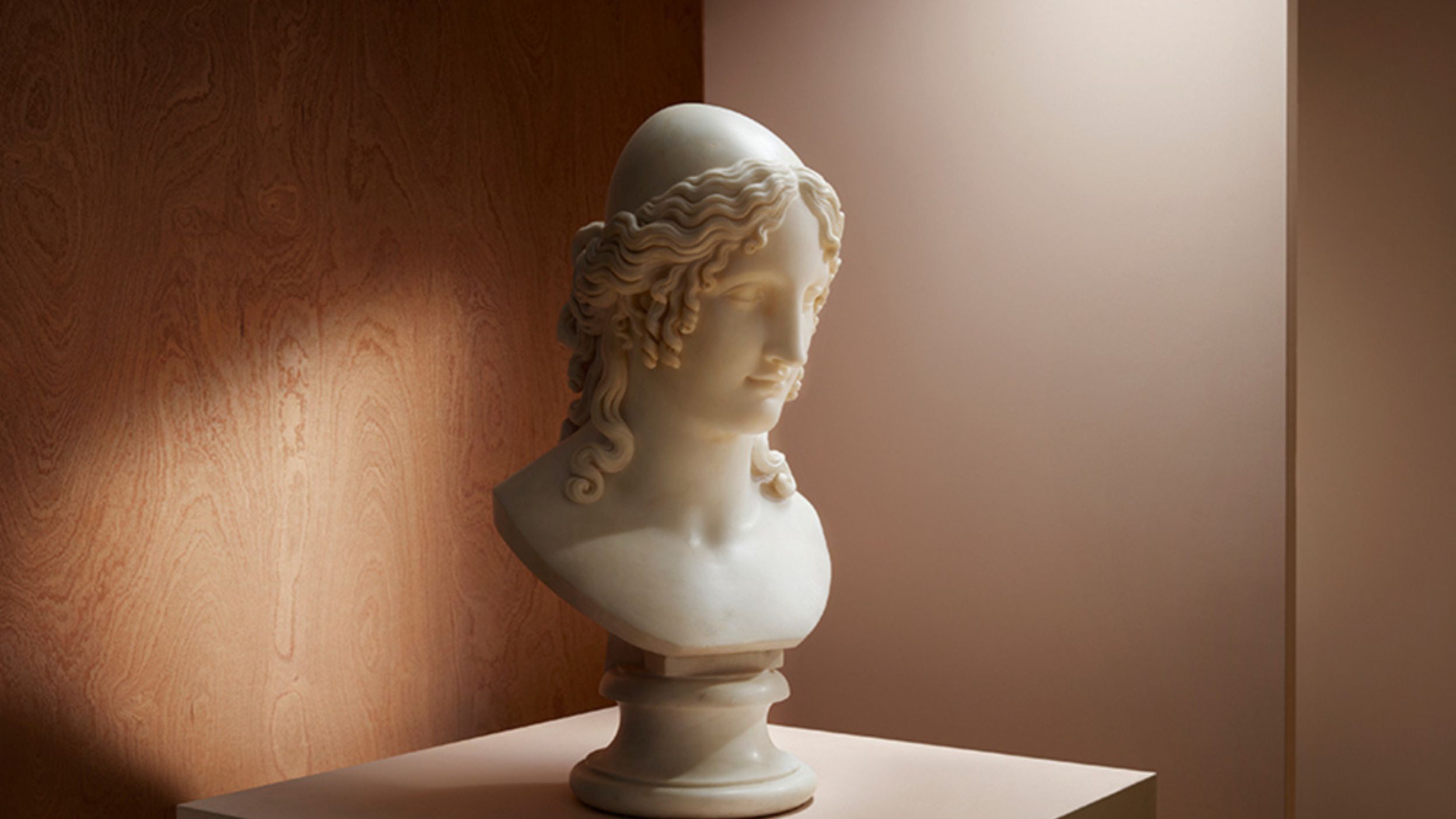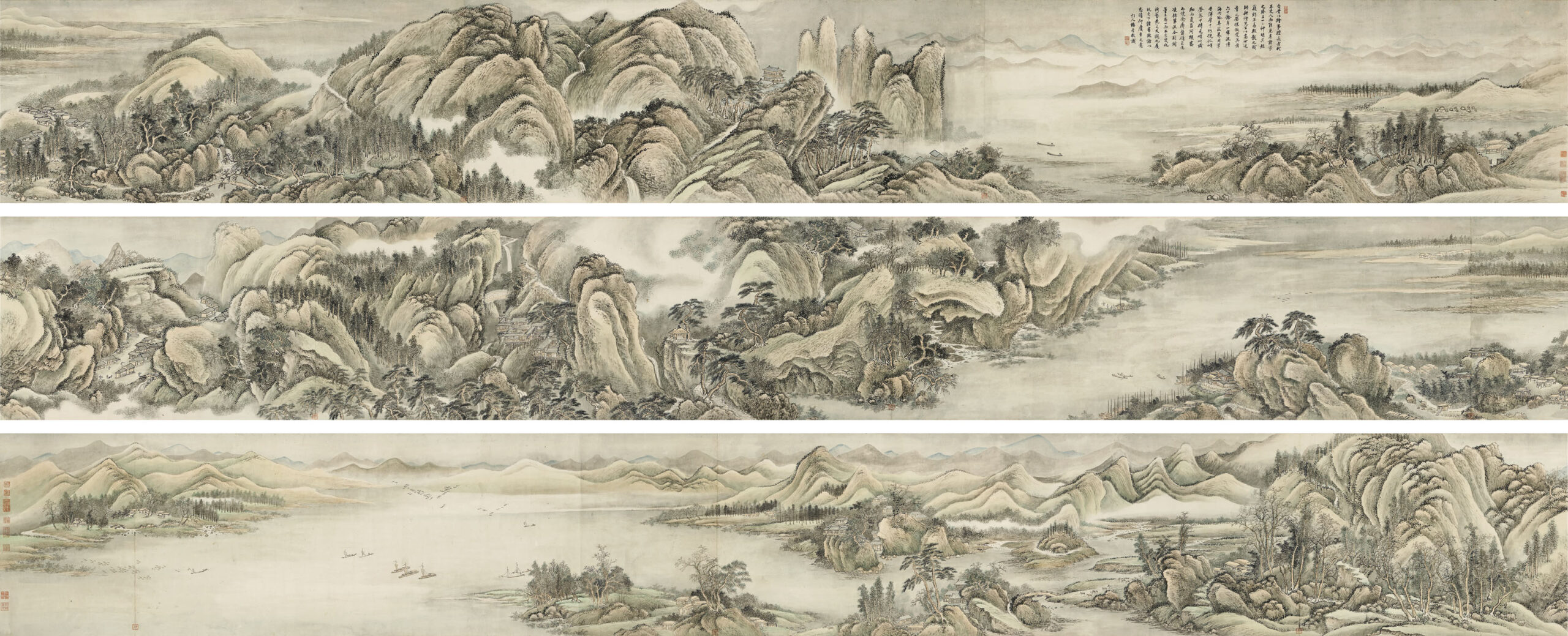
The most expensive art works by Chinese artists sold
From classical fine art pieces to modern and contemporary masterpieces, Chinese artists are leading the charge at major auctions this fall.
Hong Kong enjoys the stature as a leading international art market in Asia and across the world, alongside New York and London. The city boasts of a diversity of art spaces, prestigious auction houses and exhibitions, including the internationally-acclaimed Art Basel, which opens a very wide window for international attention to be trained on Chinese artworks, a distinct phenomenon in recent years.

Rise of contemporary Chinese art
Although Chinese art enjoys a long history and innovative techniques that date back to the stone age, it only started gaining international attention at the end of the 20th century. Contemporary Chinese art, as well as antique Chinese art, is now a fast-growing category that enjoys growing global attention and interest.

A case in point is the sale of Amnesia and Memory No. 1 by contemporary artist Zhang Xiaogang whose works often explored identity in China. The eight-feet-tall oil on canvas was part of The First Avant-garde: Masterworks from the Johnson Chang Collection and was sold at at Sotheby’s contemporary Art Day Sale on 7 October for HK$6 million — significantly exceeding the pre-sale estimate of HK$4.2 million. As an artist who witnessed an era of the Cultural Revolution across the stronghold of the Communist party, and often exploring his identity in China, Zhang’s art piece represented expression of individual memory and its place within a collective identity.

Value of Traditional Chinese art
Like its European counterpart, Chinese art is valued for the purpose, material and theme of the piece, as well as, the artist’s social stance. Traditional Chinese literary arts have been created by scholars and literary elites who also practised calligraphy. To qualify as a scholar painter, one had to pass a strict examination set by the emperor. This makes traditional Chinese paintings even more rare and respected.

The fine classical painting, Endless Streams and Mountains, by Wang Hui (1632-1717) went under the hammer for HK$28.9 million, representing more than five times the high end of the estimated price of HK$5 million. The painting is one of only five that Wang has painted in his lifetime. It is an extremely rare handscroll, ink and colour on paper. Two of his paintings are currently preserved at museums, while two others are in an unknown location. Pieces like these are unique, especially before the rise of the ‘Individualist’ painters who opposed traditional rules in painting. His artworks represent Chinese history which can only be revisited in visual representations and physical materials which make them very rare and valuable.

An astonishing art piece that found its way to Christie’s Fine Classical Chinese Paintings auction block on 8 October was the extremely old and valuable six-foott scroll painting, Five Drunken Princes Returning On Horseback by Ren Renfa (1255-1328), an artist and government official during the Yuan dynasty. It sold at Christie’s Chinese Paintings and Calligraphy Auctions on 8 July for HK$307 million though estimated price was only between HK$80 to $120 million. It has been documented in imperial collections and features a collection of seals, including those of several emperors.

Modern Chinese painting heralds diversification
With globalisation prompting all things Chinese to move outside China after world war II, Western influences are making their way increasingly into Chinese culture and arts. While traditional Chinese paintings were mostly done in black or coloured pigments, modern artworks are presented in a combination of oil and ink on canvas.

Wu Guanzhong (1919-2010), one of the greatest contemporary Chinese painters, is also regarded as the founder of modern Chinese painting. His works feature a mix of Western and Eastern techniques — marked by the fusion of oil and Chinese ink painting. He travelled to Paris to study art at the prestigious Ecole Nationale Supérieure des Beaux-Arts after world war II. His masterpiece, Scenery of Northern China, sold for a whopping HK$151 million at Sotheby’s Modern Art Evening Sale on 5 October. The six-meter-wide mural, assigned by the Central Academy of Craft Art, has been commissioned for Beijing’s Capital Airport, which at the time was of great importance for the optimism and pursuit of new opportunities after the cold war in 1978. The painting marked Wu’s contribution to the massive and historic national art program.



